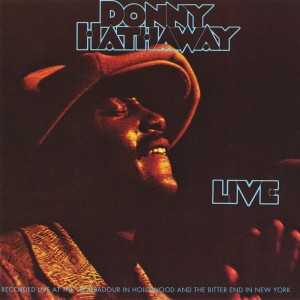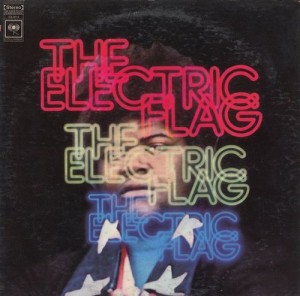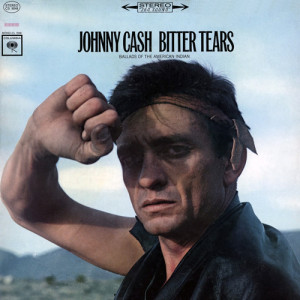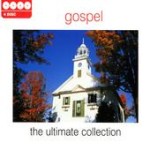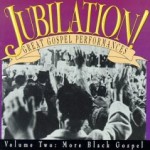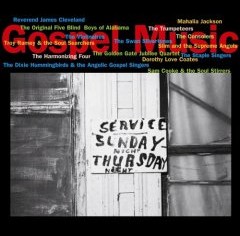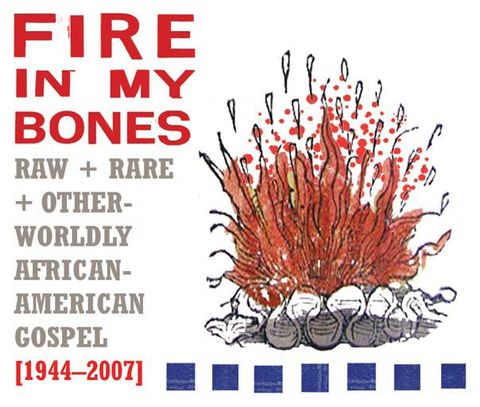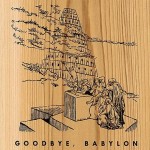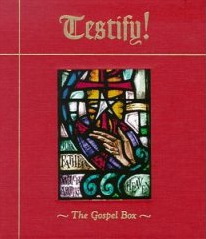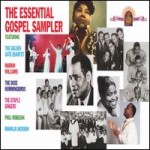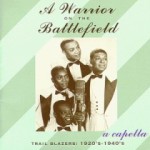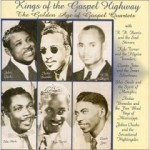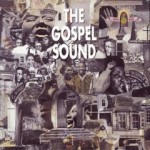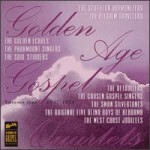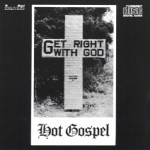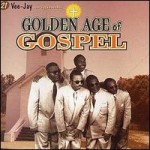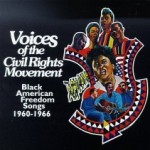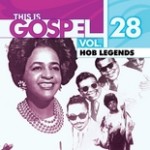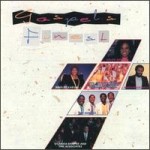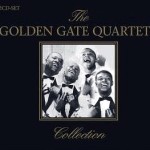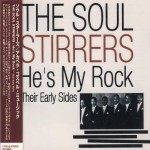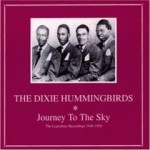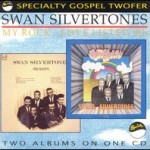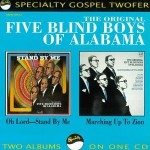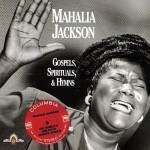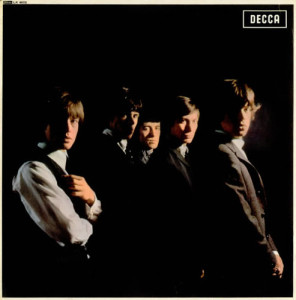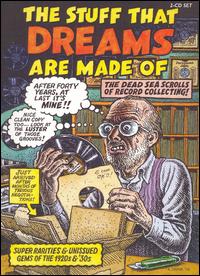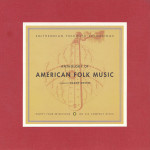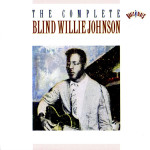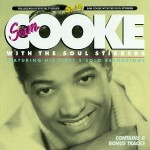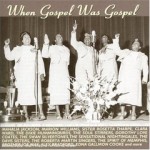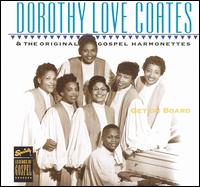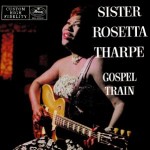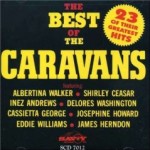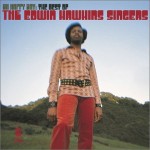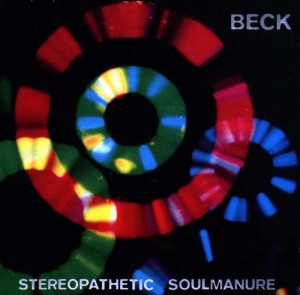Frances Fox Piven and Richard Cloward’s Poor People’s Movements: Why They Succeed, How They Fail (1977) was a watershed. Mark and Paul Engler recently wrote a an excellent summary “Can Frances Fox Piven’s Theory of Disruptive Power Create the Next Occupy?” (another decent introduction to her work is Who’s Afraid of Frances Fox Piven?). The basic premise of the Piven/Cloward theory of action, dubbed the Piven/Cloward Strategy when first suggested in 1966 with regard to welfare enrollment, is that the poor–generally powerless–can exert some power, under certain circumstances, by collectively disrupting the smooth function of social institutions, and can make gains relative to vested interests as institutional actors hasten to restore some form of stability. The more provocative aspects of the theory and associated strategy are that unions are only effective in early stages, when they are initially formed. Once established, their own institutional dynamics tend to subvert the disruptive potential that is their primary source of power. Another aspect that Piven explored in greater detail in later work was that conventional channels of activity (electoral politics) generally co-opt or mute disruptive activities, and have the effect of neutralizing and undermining the demands of poor people’s movements.
But Piven/Cloward’s theories here also had precedent. The cross-disciplinary work of economist Thorstein Veblen raised similar points that merit further examination. The early chapters of The Theory of Business Enterprise (1904) discuss how “vested interests” use “sabotage” to withhold efficiency and disrupt the interrelated parts of a complex industrial economy to extract wealth for personal gain and the expense of the wider community’s general well-being:
“business men…have an interest in making …disturbances of the system large and frequent, since it is in the conjunctures of change that their gain emerges.”
The Theory of Business Enterprise (1904)
For a modern example, think how the Enron corporation fabricated blackouts/brownouts to drive up energy prices. This is Veblen’s notion of “sabotage” at its purest. But Veblen didn’t view the actions of a company like Enron as the exception, but rather the rule.
“It is a matter of course and of absolute necessity to the conduct of business, that any discretionary businessman must be free to deal or not to deal in any given case; to limit or withhold the equipment under his control, without reservation. Business discretion and business strategy, in fact, has no other means by to work out its aims. So that, in effect, all business sagacity reduces itself in the last analysis to judicious use of sabotage.”
An Inquiry Into the Nature of Peace, and the Terms of Its Perpetuation (1917)
Veblen returned to this theme in his final book, Absentee Ownership and Business Enterprise in Recent Times: The Case of America:
“any person who has the legal right to withhold any part of the necessary industrial apparatus or materials from current use will be in a position to impose terms and exact obedience, on pain of rendering the community’s joint stock of technology inoperative to that extent.
“Ownership of industrial equipment and natural resources confers such a right legally to enforce unemployment, and so to make the community’s workmanship useless to that extent. This is the Natural Right of Investment.
“Plainly, ownership would be nothing better than an idle gesture without this legal right of sabotage. Without the power of discretionary idleness, without the right to keep the work out of the hands of the workmen and the product out of the market, investment and business enterprise would cease. This is the larger meaning of the Security of Property.”
Absentee Ownership and Business Enterprise in Recent Times: The Case of America (1923)
The use of sabotage was not limited to the captains of industry. In the first chapter of The Engineers and the Price System, “�������On the Nature and Uses of Sabotage,” ���though, Veblen makes an interesting point:
“Any strike is of the nature of sabotage, of course. Indeed, a strike is a typical species of sabotage. That strikes have not been spoken of as sabotage is due to the accidental fact that strikes were in use before this word came into use. So also, of course, a lockout is another typical species of sabotage. That the lockout is employed by the employers against the employees does not change the fact that it is a means of defending a vested right by delay, withdrawal, defeat, and obstruction of the work to be done. Lockouts have not usually been spoken of as sabotage, for the same reason that holds true in the case of strikes. All the while it has been recognized that strikes and lockouts are of identically the same character.
“All this does not imply that there is anything discreditable or immoral about this habitual use of strikes and lockouts. They are part of the ordinary conduct of industry under the existing system, and necessarily so. So long as the system remains unchanged these measures are a necessary and legitimate part of it.
***
“And yet, that extent and degree of paralysis from which the civilized world’s industry is suffering just now, due to legitimate businesslike sabotage, goes to argue that the date may not be far distant when the interlocking processes of the industrial system shall have become so closely interdependent and so delicately balanced that even the ordinary modicum of sabotage involved in the conduct of business as usual will bring the whole to a fatal collapse. The derangement and privation brought on by any well organized strike of the larger sort argues to the same effect.”
The Engineers and the Price System (1921)
He talks about militant worker activism (like Coxey’s Army) as being no better or worse than lockouts by employers. But Veblen clearly sees the context as being different. He equates the two in order to argue for a leveling and equalizing effect. Establishing worker rights to strike on par with the rights of business to engage in a capital strike has the effect of promoting fairness. Indeed, in The Theory of Business Enterprise he notes that strikers “seek their ends by extra-legal means of coercion” because the court system is set up on terms favorable to businessmen, not to workers, and exigencies thus force extra-legal action like strikes. Alan Nasser wrote a rather excellent article discussing this topic, “Political Power Made Invisible
Who Strikes, and Against Whom?,” and elaborated in a contemporary setting how Veblen’s insights are fundamentally correct, yet also how economists and the media tend to selectively ignore capital strikes and business cycle fluctuations in this context.
Cloward and Piven aren’t linked to Veblen too frequently. More common would be a link from Cloward/Piven to Karl Polanyi, who worked independently in a manner somewhat redundant with Veblen, but who wrote in a more “acceptable” and standardized academic format. The extension of Veblen that Cloward and Piven offered was to extend the theory beyond the purely economic sphere. They emphasized how government bureaucrats and (especially) politicians sought stability and, above all, predictability. These things are undermined by disruptive action. Attempts to restore stability offer opportunities for concessions and advancement of the interests of the poor that would not be granted otherwise. Like Veblen said about the courts being set up on terms favorable to business rather than workers, the electoral system is not set up on terms favorable to the poor. And so, Cloward and Piven made the keen observation that the poor have only certain options to exercise any power to advance their interests to achieve greater fairness.
The recently deceased historian Gabriel Kolko wrote a book, The Triumph of Conservatism: A Reinterpretation of American History 1900-1916 (1963), that also took a similar approach in taking a fresh look at the so-called “progressive era” to find that business interests aligned with government (as part of a “regulatory capture” dynamic) to suppress disruption to better protect their vested interests. Kolko’s book was well researched and fit quite squarely in line with Veblen’s original theories.
A somewhat similar political debate between Stephen D’Arcy and Vijay Prashad was also published recently, “Are Riots Good for Democracy?” D’Arcy emerges with the better argument, because Prashad seems to “throw the baby out with the bathwater” in being cowed by certain atrocities of riots while neglecting atrocities that riots often are meant to redress. As D’Arcy notes, not all riots are created equal, and they aren’t always a force for good. Prashad is certainly correct that riots, and disruption more generally, can be used as a pretext for a subsequent authoritarian crackdown (to wit: German film director Rainer Werner Fassbinder made Die dritte generation [The Third Generation] to emphasize the idea that the Baader-Meinhoff Red Army Faction’s militant “urban guerrilla” actions were used to justify a regressive crackdown; or read a history of the Haymarket Riot and its aftermath, like James R. Green’s Death in the Haymarket (2006)).

